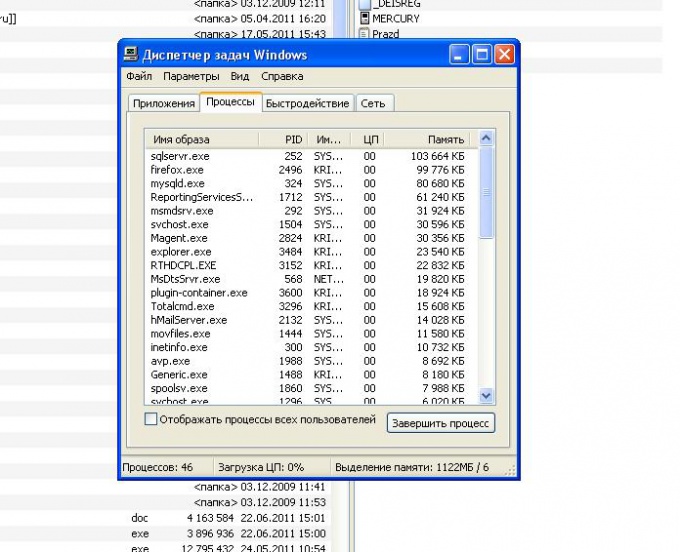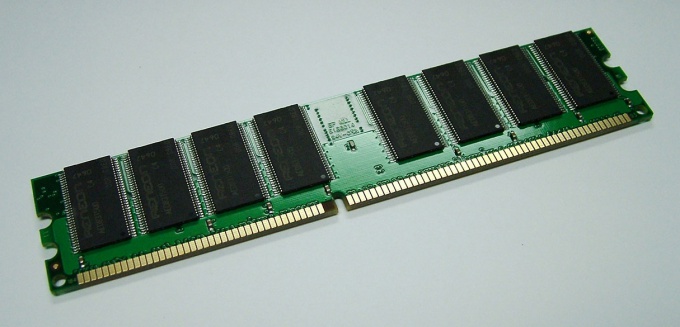Instruction
1
First of all, you need to ensure that the outages are related to lack of memory. The easiest way is to bring up task Manager and look at memory allocation. In the case where the amount of allocated memory exceeds the RAM size of your computer, the system uses the paging file. If you are fairly advanced user, you can go to the Processes tab and sort them by size of memory. The unused process can be stopped. In this case, you must be sure that the shutdown process does not lead to malfunction of the computer. The above-described method of cleaning RAM operative, the results will remain high until the computer is restarted.

2
If cleaning the RAM you need to constantly, you can use the msconfig utility (start->run). With it you can stop unnecessary services, delete some programs from startup and save system changes. Again, be careful - like stop services or run programs can also lead to unpleasant disruptions.

3
Finally, the easiest way to avoid memory exhaustion - take advantage of special programs for cleaning up RAM and keeping it in working condition. For example, "RAM Saver Pro" is a tool for professional monitoring, cleaning and optimisation of RAM. Enhances the performance of the operating system freeing up memory from drivers and processes of MS Windows for applications requiring maximum CPU and RAM. In addition, there are "MaxRAMFree" - a program to clean RAM. The utility can automatically clean the RAM after a certain time the specified number of megabytes, and for this there are immediately two options that can work together or to defragment the memory when it reaches a certain threshold of congestion. "MaxRAMFree places its icon in the system tray (the area on the taskbar of Windows), where you can also start the process of purification of memory to one of the established levels.
Note
Stop some system processes and services can lead to serious malfunction of the system.
Useful advice
In order to forestall a shortage of RAM, in advance, remove all unnecessary programs from startup, and stop any unnecessary services.
